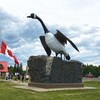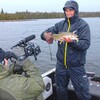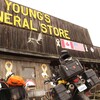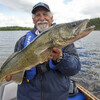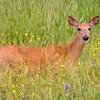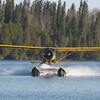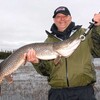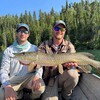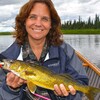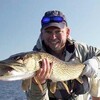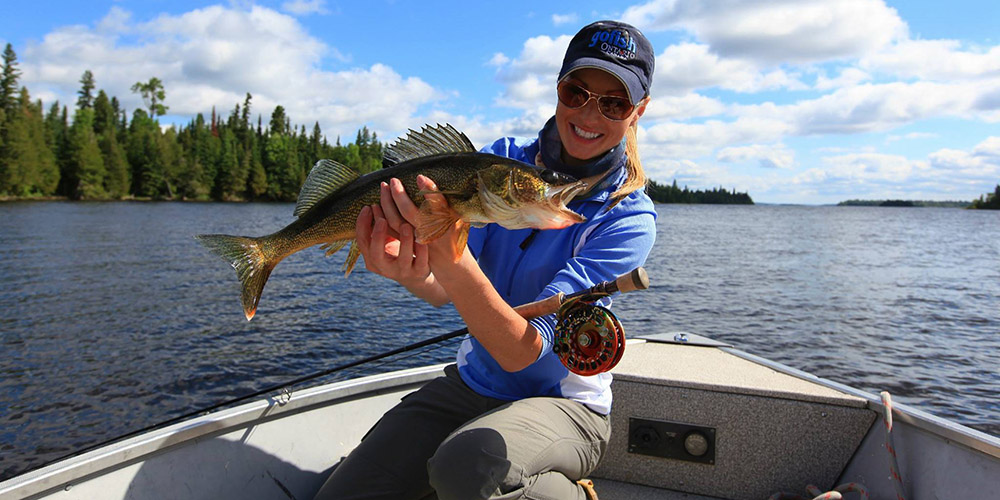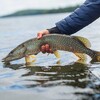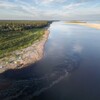
Algoma Brook Trout Fishing: Affordable & Accessible
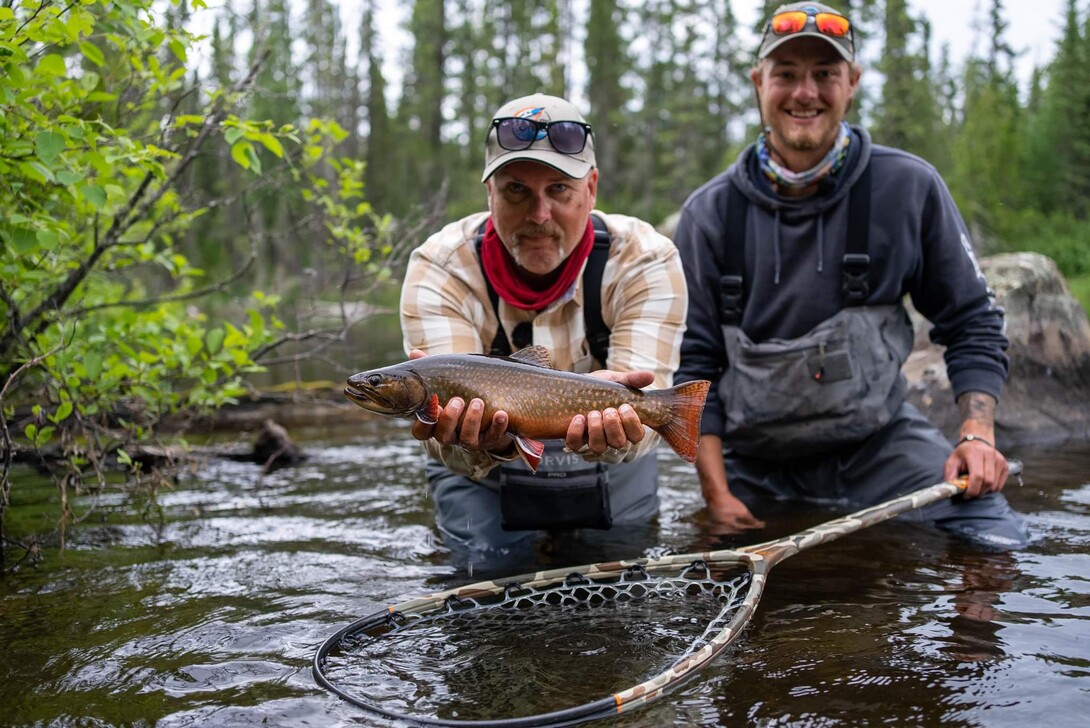
Fly fishers love catching brook trout and for good reason. They readily take dry flies, mice patterns and streamers. They fight well on light rods and are absolutely beautiful fish. In Algoma Country, they vary in size from 1 to 5 pounds and in some locations reach epic proportions of 6 to 8 pounds in size! In this part of Northern Ontario, you have a wide variety of fishing options to consider when thinking about a brook trout fly fishing trip. In this article, we will provide details on when/where and with what flies and equipment to ensure you have the best opportunity to catch beautiful brook trout!
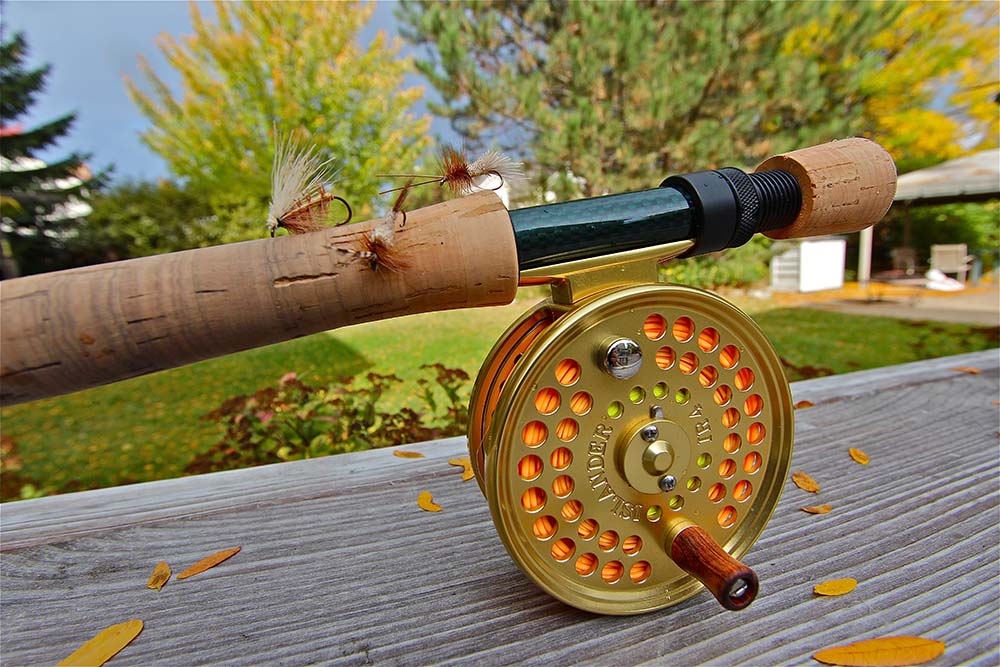
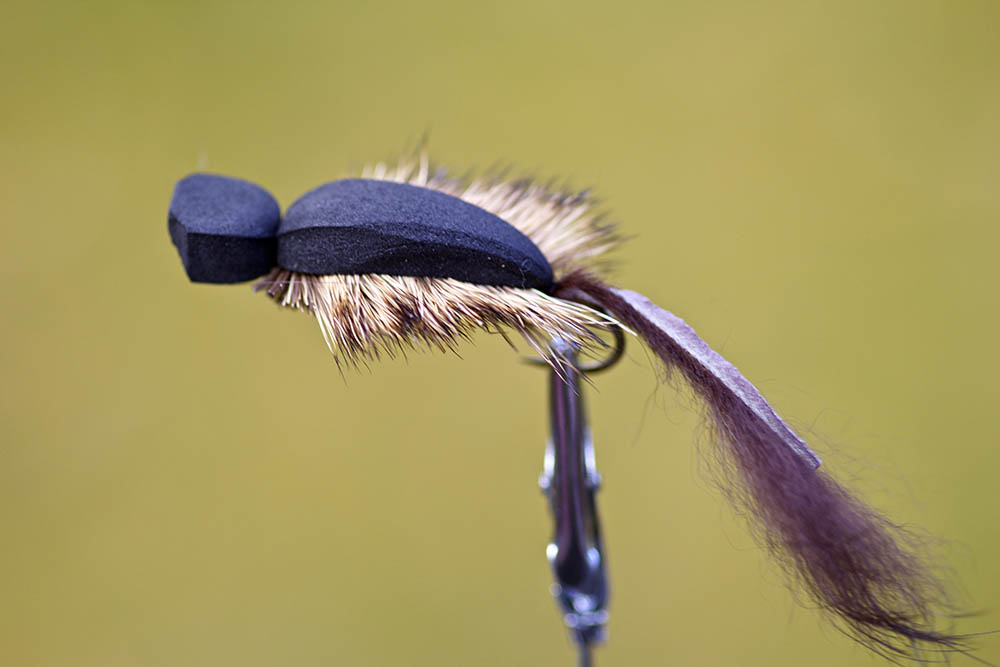
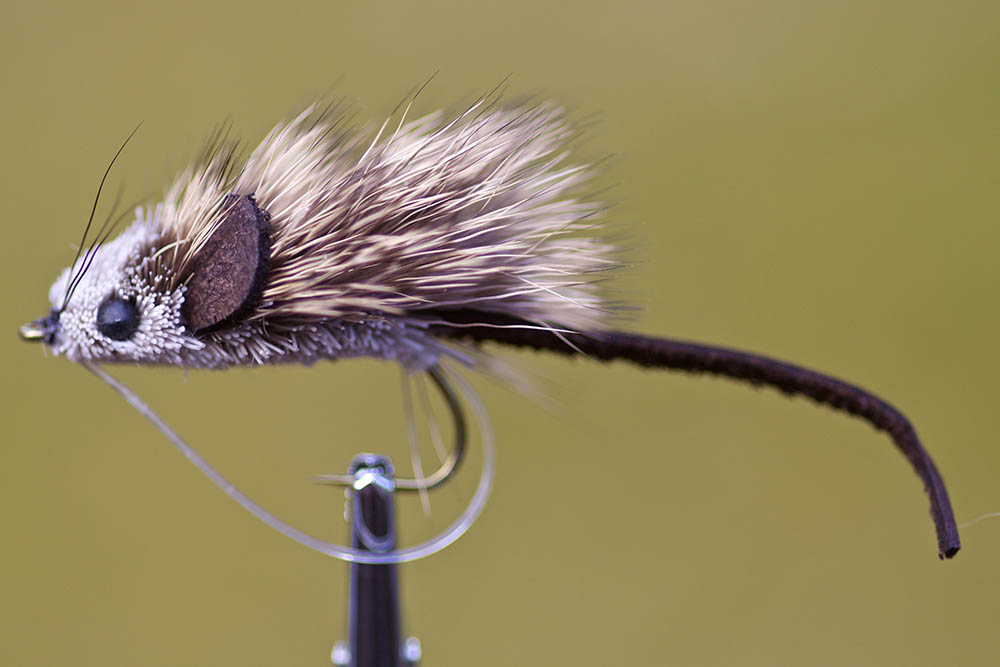
Early Season May and June
After ice-out, most streams and rivers in Algoma are running high and are not ideal for fly fishers seeking brook trout. However, usually by mid-May, water levels have dropped and insect hatches are just beginning. This is a great time to fly fish for brook trout at the many drive-to locations in Algoma Country. Many resorts and lodges are located near small streams which have healthy populations of wild brook trout which vary in size from 6 to 18 inches in length. Dry flies, small streamers and nymph are all excellent ways to locate these brook trout. Small streams with fallen logs, riffles, bend pools and other typical structure will hold trout. There are a few locations in southern Algoma that have good brook trout fishing in lakes, such as Blue Fox Camp. Esnagami Lodge has good brook trout fishing in their river until late June, depending on water levels. By late June, the temperatures have risen and brook trout fishing at drive-to locations is pretty much over until September.
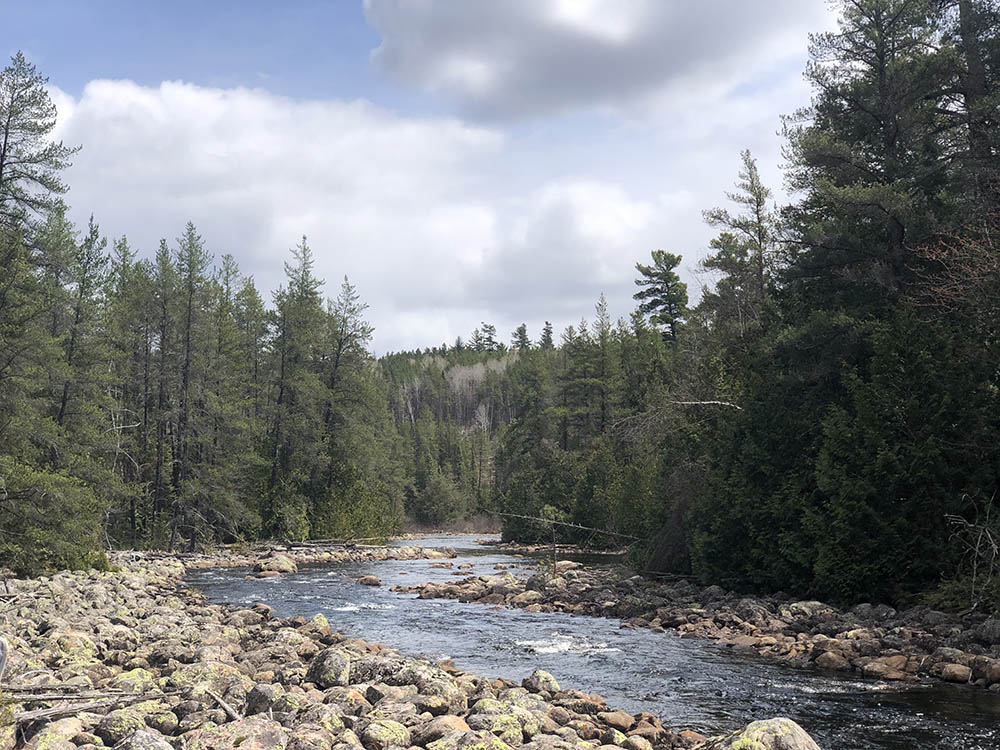
Summer Fishing July and August
During the summer, the best brook trout fishing is at northern fly-in destinations. Water levels in rivers have now dropped to levels that are manageable and safe for fly fishers. The water runs cold in these regions, such as in the Albany watershed off James Bay, and the fishing season is relatively short, usually done by the end of August. But the pay-off is large brook trout with average fish usually in the 3- to 4-pound range with lots of 5+ pound specimens caught. Dry fly fishing can be really good in July but usually by August hatches have begun to drop off. This is when using mice patterns and streamers can really work well. It is visually exciting to watch your mouse pattern get hammered by 20-inch brook trout on the Sutton River!
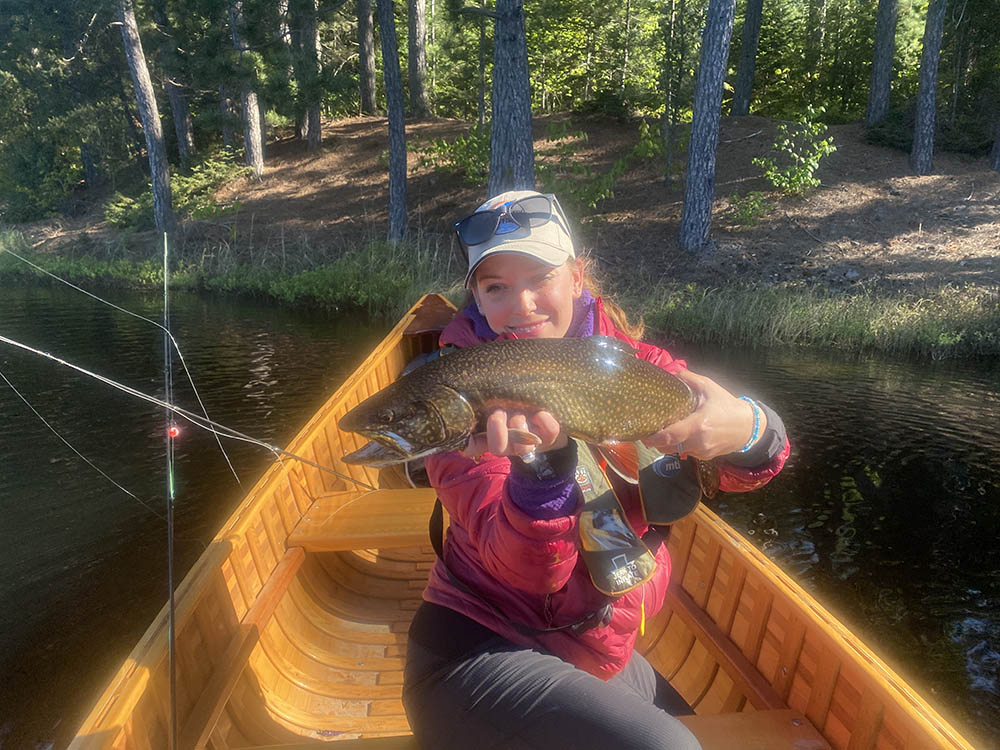
September – End of Season
For fly fishers, this month can be really productive, depending on the weather and water temperatures. The brook trout are beginning to colour up in preparation for spawning but they are still aggressively hunting food. Small streams, rivers and lakes all can produce some fine fishing. The key will be water temperatures and checking when the season closes. For most of Algoma, the season closes on either the 15th or 30th of September depending on where you fish. We strongly recommend you check local regulations with the Ministry of Natural Resources through their website.
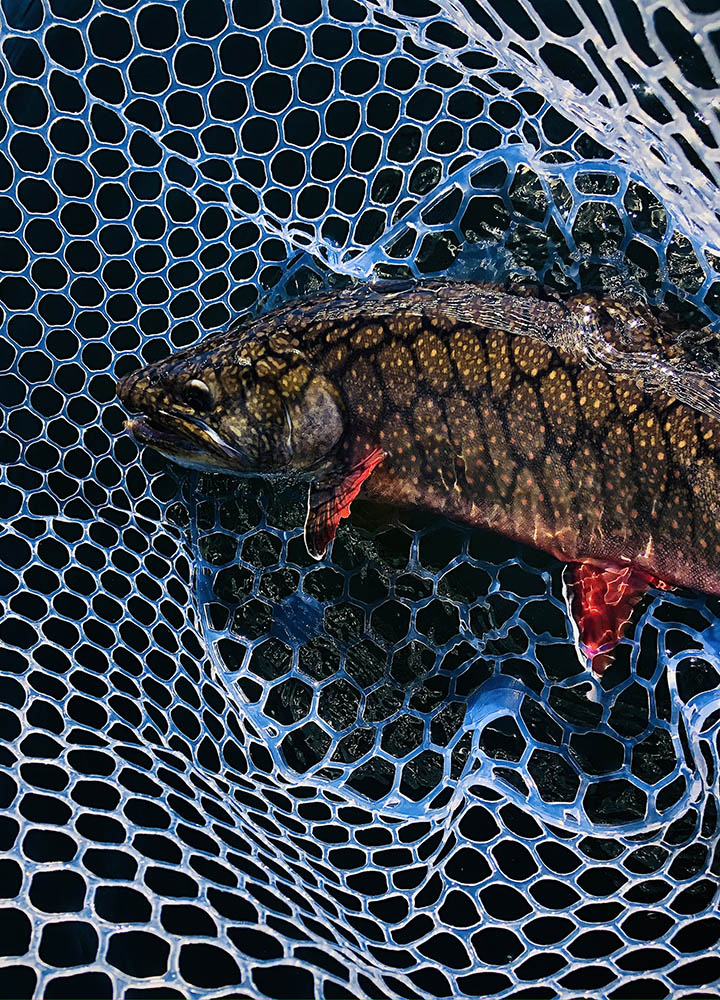
Equipment and Fly Patterns
For most of your brook trout fishing adventures, either a five- or six-weight rod is all you’ll need. For small streams, a four-weight is ideal in an 8-foot length. For most of your fishing, all you’ll need is a WF floating line. But for lake fishing, we strongly recommend you bring both an intermediate fly line and a sinktip or full-sinking line. These fly lines will help you get your fly down deeper to where the Brook Trout are often cruising depending on water temperatures. We find nine-foot leaders with 3x tippets work for most conditions. However, check with guides or lodge/resort owners to verify what is best to bring.
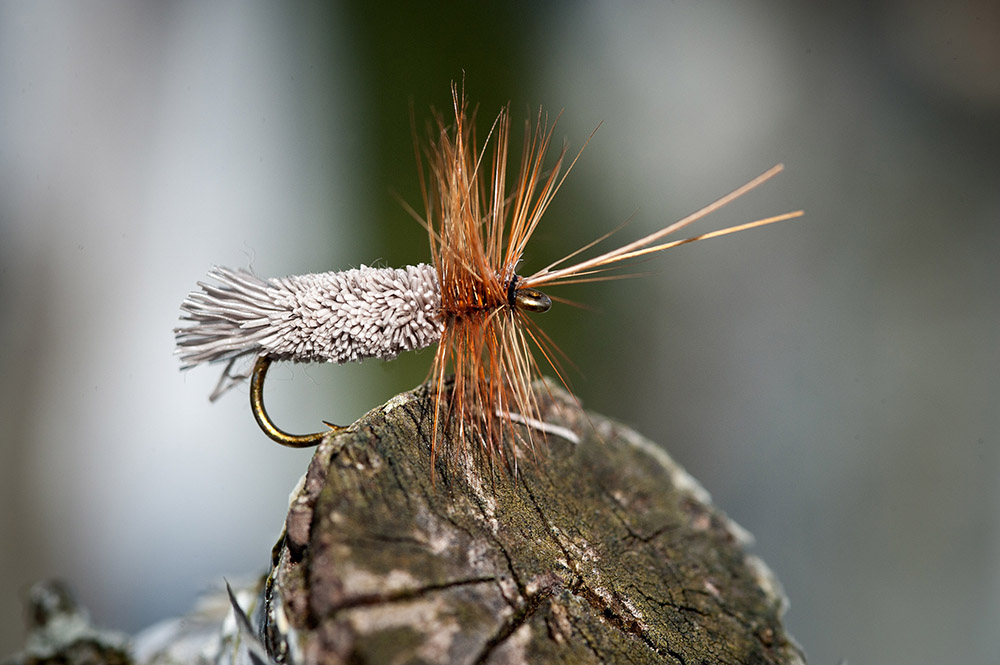
For fly patterns, you will find many of the standard flies that you use for smallmouth bass will work with brook trout. For dry flies, we recommend parachute adams, goddard caddis, elk hair caddis and other similar patterns work well. Large foam hopper patterns are also excellent for bringing big brook trout up to the surface.
Recommended Drive-To Locations
Recommended Fly-In Locations
Blue Fox Camp (lake)
Recommended Articles
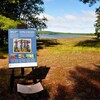
The Group of Seven in Algoma

9 Facts to Know about the Agawa Canyon Tour Train
